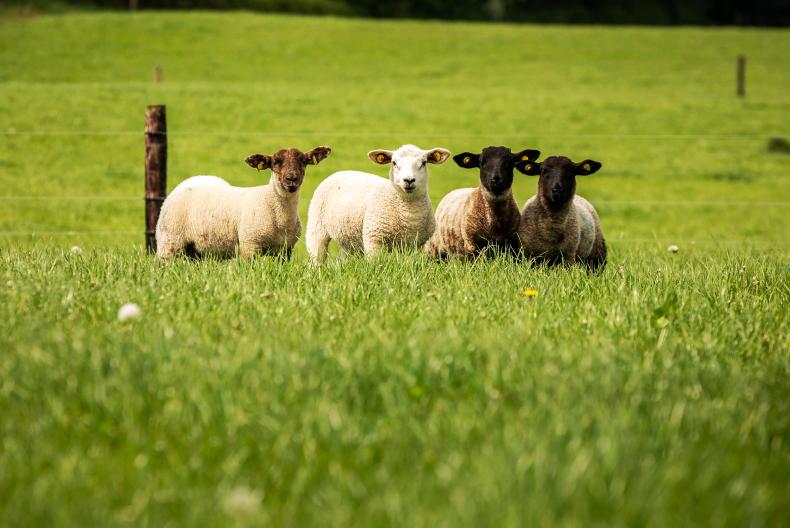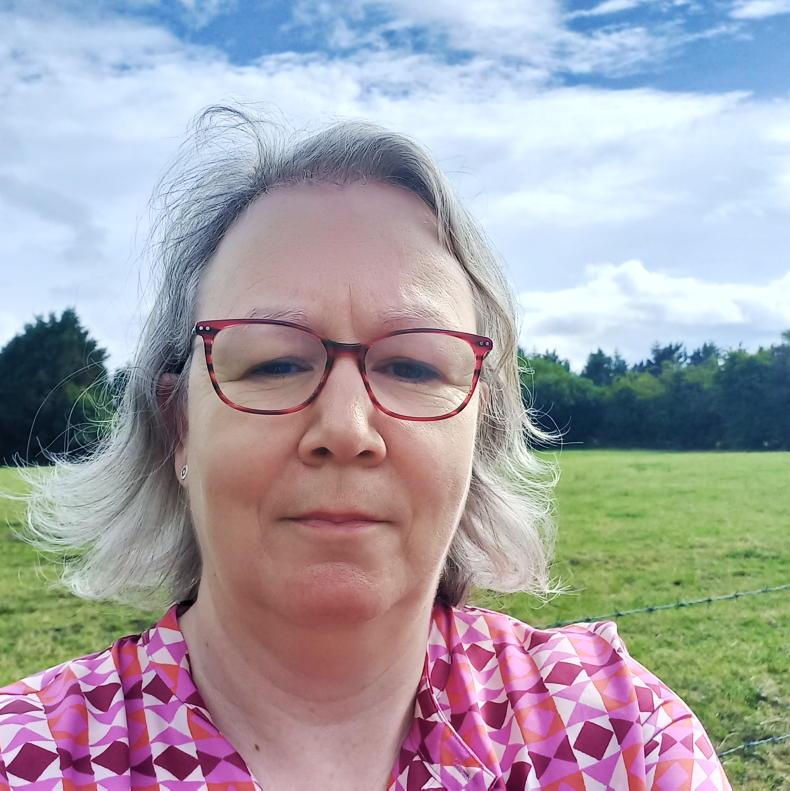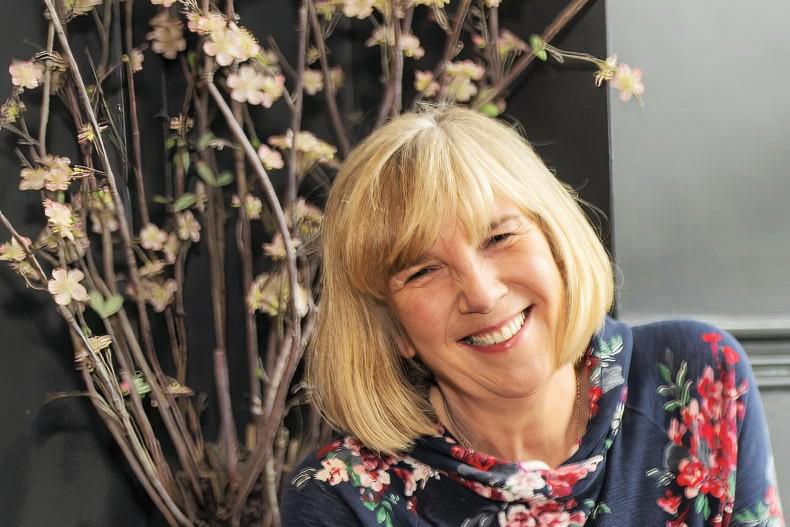Irish placenames hold a unique and significant place in the cultural and historical landscape of Ireland, reflecting centuries of agricultural heritage.
These names, often derived from the Irish language are inspired by the geographical, historical, and social essence of the regions they denote.
Many Irish placenames mix general terms for fields, including tilled (achadh) or pasture (tuar), with details about its size, location, or ownership.
For instance, Aghinaspick in Co Longford means ‘the bishop’s field’.
References to various types of pasture are also common, including rough pasture (gréach), meadows (cluain), and summer pasture (buaile).
Most Irish placenames date back hundreds if not thousands of years. With the recent announcement of a new Placenames Committee by the Government of Tourism, Irish Country Living look at the meaning and charm behind five Irish locations.
1 Gráinseach Choinn (Grangecon), Co Wicklow
‘Grange of the Hound’
The word gráinseach – which is an Irish borrowing of the English word grange meaning ‘outlying farm, granary, monastic farm’, is derived from Norman French.
Given the origin of the borrowing gráinseach, this placename was self-evidently coined after the Anglo-Norman invasion.
As a result, it is expected any placename of this period or later to take the form Gráinseach na Con –“grange of the hound” or Gráinseach na gCon – “grange of the hounds."
2 Tír na Móna, (Tirnamona)
Co Monaghan
‘Territory of the bog’ or ‘land of the turf’
The term ‘tír’ broadly means ‘country, land, territory or people of’, and can be found in all land sizes, from provinces to villages and from counties to parishes.
The story behind Tír na Móna in Co Monaghan is that during the old Irish wars, battles often resulted in many people dying in the field. In this area, the surviving soldiers prayed for a place for those who fell victim to the battle.
When they woke up the next morning, they found one field covered in snow, which they saw as a sign that their prayers had been answered.
They designated this field as a graveyard, and it continues to be used for burials to this day.
3 Mainistir Fhear Maí (Fermoy),
Co Cork
‘Monastery of the men of the plain’
The town’s name is of Irish origin and refers to a Cistercian abbey founded in the 13th century.
This highlights the monastic involvement in farming, where monks cultivated the land and produced food for their communities. The town centre now stands on what was once the Abbey lands.
4 Tulach Mhór (Tullamore),
Co Offaly
‘Great hill’
The connection between place names and agriculture is not only historical but also offers insight into the geographical features that influenced settlement patterns.

Spring 2024 Lambs on Tullamore Farm. \ Philip Doyle
Names like Tulach Mhór indicate the natural landscape’s suitability for farming. This area was chosen for its ability to support crops and livestock, essential for sustenance and economic growth.
5 Port na Binne (Portnabinna),
Co Sligo
‘Milk Harbour’
The people known as Formorians generally lived on offshore islands and having subjugated the nearby mainland, imposed a tax, known as the three thirds.
The tax meant each year, the defeated people gave them one third of their crops, one third of their milk and one third of their children.
A time could be arranged to deliver the children and the crops but the milk had to be delivered daily. It was left at what is now called Milk Harbour and was collected by the Formorians living opposite Dernish Island.
Conclusion
Irish placenames are more than just labels on a map; they are links to the country’s cultivation of land.
Preserving and understanding these names is crucial for appreciating Ireland’s rich cultural heritage and the pivotal role agriculture has played in shaping its history.
Keeping
heritage alive
Roscommon is one of many counties that has started its own Field Names Project aimed at helping individuals and communities record, log and understand field names in their local area.
Field name research is important and valuable work, according to Nollaig Feeney, heritage officer in Roscommon County Council.

Nollaig Feeney, heritage officer in Roscommon County Council.
“Field names tell a story that may otherwise be forgotten. We are a rural county where many people either live on a farm or grew up on a farm. Recording field names is a great way for people to get involved in their local heritage. This way their information will build up the national field names collection,” says Nollaig.
Anyone interested in getting involved can contact the Heritage Office on 090 6637135.
Placenames Committee
There has been progress made on the implementation of the Official Languages Acts with new provisions in force from 30 June. This includes a new placenames committee being established and a national plan and progress report.
The main responsibility of the placenames committee over the next three years is to advise the Minister for Gaeltacht Catherine Martin, regarding Irish placenames.
For the next few years, the committee will focus on draft orders for placenames in Co Laois, Co Carlow, Co Sligo, Co Longford, Co Mayo, Co Galway, Co Wexford and Co Leitrim.
This plan also intends to provide public bodies with a road to help them increase the number and quality of public services they provide through Irish.
Along with this, the Act is aimed at increasing the number of staff competent in the Irish language with a 20% recruitment target.
Ag labhairt faoin gcoiste nuabhunaithe, dúirt an tAire Catherine Martin:
“Is mór agam go bhfuil na forálacha den Acht a bhaineann le cúrsaí logainmneacha ag teacht i bhfeidhm. Is breá an rud é go bhfuil daoine oilte a bhfuil saineolas acu ar an réimse seo ar fáil dúinn le haghaidh an Choiste Logainmneacha nua atá á bhunú faoin reachtaíocht seo.
"Agus an Coiste nua ar an bhfód, beidh mo Roinn in ann dlús a chur le hullmhú na n-orduithe logainmneacha ionas go mbeidh toradh ar obair thaighde an Bhrainse Logainmneacha le feiceáil go follasach ag an bpobal.”
We would love to hear the stories behind some of the lesser known Irish placenames. If you know of a unique Irish placename, email icl@farmersjournal.ie
Irish placenames hold a unique and significant place in the cultural and historical landscape of Ireland, reflecting centuries of agricultural heritage.
These names, often derived from the Irish language are inspired by the geographical, historical, and social essence of the regions they denote.
Many Irish placenames mix general terms for fields, including tilled (achadh) or pasture (tuar), with details about its size, location, or ownership.
For instance, Aghinaspick in Co Longford means ‘the bishop’s field’.
References to various types of pasture are also common, including rough pasture (gréach), meadows (cluain), and summer pasture (buaile).
Most Irish placenames date back hundreds if not thousands of years. With the recent announcement of a new Placenames Committee by the Government of Tourism, Irish Country Living look at the meaning and charm behind five Irish locations.
1 Gráinseach Choinn (Grangecon), Co Wicklow
‘Grange of the Hound’
The word gráinseach – which is an Irish borrowing of the English word grange meaning ‘outlying farm, granary, monastic farm’, is derived from Norman French.
Given the origin of the borrowing gráinseach, this placename was self-evidently coined after the Anglo-Norman invasion.
As a result, it is expected any placename of this period or later to take the form Gráinseach na Con –“grange of the hound” or Gráinseach na gCon – “grange of the hounds."
2 Tír na Móna, (Tirnamona)
Co Monaghan
‘Territory of the bog’ or ‘land of the turf’
The term ‘tír’ broadly means ‘country, land, territory or people of’, and can be found in all land sizes, from provinces to villages and from counties to parishes.
The story behind Tír na Móna in Co Monaghan is that during the old Irish wars, battles often resulted in many people dying in the field. In this area, the surviving soldiers prayed for a place for those who fell victim to the battle.
When they woke up the next morning, they found one field covered in snow, which they saw as a sign that their prayers had been answered.
They designated this field as a graveyard, and it continues to be used for burials to this day.
3 Mainistir Fhear Maí (Fermoy),
Co Cork
‘Monastery of the men of the plain’
The town’s name is of Irish origin and refers to a Cistercian abbey founded in the 13th century.
This highlights the monastic involvement in farming, where monks cultivated the land and produced food for their communities. The town centre now stands on what was once the Abbey lands.
4 Tulach Mhór (Tullamore),
Co Offaly
‘Great hill’
The connection between place names and agriculture is not only historical but also offers insight into the geographical features that influenced settlement patterns.

Spring 2024 Lambs on Tullamore Farm. \ Philip Doyle
Names like Tulach Mhór indicate the natural landscape’s suitability for farming. This area was chosen for its ability to support crops and livestock, essential for sustenance and economic growth.
5 Port na Binne (Portnabinna),
Co Sligo
‘Milk Harbour’
The people known as Formorians generally lived on offshore islands and having subjugated the nearby mainland, imposed a tax, known as the three thirds.
The tax meant each year, the defeated people gave them one third of their crops, one third of their milk and one third of their children.
A time could be arranged to deliver the children and the crops but the milk had to be delivered daily. It was left at what is now called Milk Harbour and was collected by the Formorians living opposite Dernish Island.
Conclusion
Irish placenames are more than just labels on a map; they are links to the country’s cultivation of land.
Preserving and understanding these names is crucial for appreciating Ireland’s rich cultural heritage and the pivotal role agriculture has played in shaping its history.
Keeping
heritage alive
Roscommon is one of many counties that has started its own Field Names Project aimed at helping individuals and communities record, log and understand field names in their local area.
Field name research is important and valuable work, according to Nollaig Feeney, heritage officer in Roscommon County Council.

Nollaig Feeney, heritage officer in Roscommon County Council.
“Field names tell a story that may otherwise be forgotten. We are a rural county where many people either live on a farm or grew up on a farm. Recording field names is a great way for people to get involved in their local heritage. This way their information will build up the national field names collection,” says Nollaig.
Anyone interested in getting involved can contact the Heritage Office on 090 6637135.
Placenames Committee
There has been progress made on the implementation of the Official Languages Acts with new provisions in force from 30 June. This includes a new placenames committee being established and a national plan and progress report.
The main responsibility of the placenames committee over the next three years is to advise the Minister for Gaeltacht Catherine Martin, regarding Irish placenames.
For the next few years, the committee will focus on draft orders for placenames in Co Laois, Co Carlow, Co Sligo, Co Longford, Co Mayo, Co Galway, Co Wexford and Co Leitrim.
This plan also intends to provide public bodies with a road to help them increase the number and quality of public services they provide through Irish.
Along with this, the Act is aimed at increasing the number of staff competent in the Irish language with a 20% recruitment target.
Ag labhairt faoin gcoiste nuabhunaithe, dúirt an tAire Catherine Martin:
“Is mór agam go bhfuil na forálacha den Acht a bhaineann le cúrsaí logainmneacha ag teacht i bhfeidhm. Is breá an rud é go bhfuil daoine oilte a bhfuil saineolas acu ar an réimse seo ar fáil dúinn le haghaidh an Choiste Logainmneacha nua atá á bhunú faoin reachtaíocht seo.
"Agus an Coiste nua ar an bhfód, beidh mo Roinn in ann dlús a chur le hullmhú na n-orduithe logainmneacha ionas go mbeidh toradh ar obair thaighde an Bhrainse Logainmneacha le feiceáil go follasach ag an bpobal.”
We would love to hear the stories behind some of the lesser known Irish placenames. If you know of a unique Irish placename, email icl@farmersjournal.ie










SHARING OPTIONS